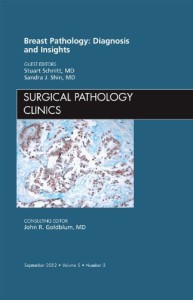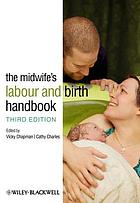By Daniel Abehsera, MD, PhD (Editor)
Obstetrics and Gynecology Department Quirón University Hospital Málaga, Spain
When we talk about chorioamnionitis, we talk about an infection that affects pregnancy itself. We talk about an infection of the fetal membranes, which can spread to the fetus itself and to the mother. There are multiple clinical situations that are very different from each other, in which chorioamnionitis is the common denominator. This monograph aims to serve as a guide to obstetricians who, in their daily work, face that great challenge that chorioamnionitis poses.
It is important to be clear about what a chorioamnionitis is, because its frequency is high and involves serious complications in pregnancy. It is undoubtedly one of the most important causes of extreme prematurity and of neonatal and maternal complications; therefore, all efforts made to reduce its incidence and mitigate its effects will necessarily improve the overall perinatal outcomes of a hospital.
Carrying out the diagnosis of chorioamnionitis is not always easy. Today there is talk of a new concept called triple I (intrauterine infection, inflammation, or both), however, diagnosing those cases in which there is no fever in the pregnant woman is a real challenge. The variability in clinical manifestations between some cases and others makes it impossible to apply the same diagnostic criteria to all patients.
The pathological examination of the placenta and fetal membranes remains a fundamental part of understanding the magnitude of chorioamnionitis symptoms. Although in order to perform the pathological examination, it is necessary that the birth of the fetus occurs. No case of chorioamnionitis can be fully studied without the pathological examination of the fetal membranes and the placenta.
It is very difficult to detect that patients are at risk of suffering from chorioamnionitis. The etiology and the routes of infection are so diverse that it is impossible to establish screening programs for the detection of patients susceptible to suffering from chorioamnionitis during pregnancy.
Complementary tests in cases of chorioamnionitis are aimed at the management of the infectious condition. Without a doubt, amniocentesis is a fundamental weapon for the management of chorioamnionitis. Unfortunately, it is not easy to implement the most complex techniques for the analysis of amniotic fluid (interleukin detection and PCR to detect bacterial DNA).
The treatment of chorioamnionitis has its fundamental pillar both in the end of pregnancy and in antibiotics. There are multiple antibiotic regimens proposed in different clinical guidelines, being in general, treatments developed in order to cover the maximum number of possible germs.
The complications of chorioamnionitis are mainly due to the fact that labor is forced prematurely, leading to gestational losses or extreme prematurity. Mothers are not exempt from complications, which may even compromise their life with systemic infections.
Probably the most complex when dealing with cases of chorioamnionitis, is the decision-making process that sometimes involves the loss of pregnancy, or an increased risk for the mother. It is the obstetrician’s job to try to maximize the chances of a healthy newborn, with the minimum commitment of the mother.
Product Details:
Publisher: Nova Science Publisher
Publication Date: November 2019
Pages: 166 pages










Reviews
There are no reviews yet.